Prince of Persia: Escape - Why The Level Count is a Secret
A level based game with no level selection? Not even a total level count? Why Ketchapp made this design decision and more.

Intro
Prince of Persia Escape is a casual mobile game published by Ketchapp with the Prince of Persia license coming from Ubisoft, their parent company. The development team was Estoty who is known for many other Ketchapp games.
This game harkens back to the original Prince of Persia released in 1989 for the Apple II. The aesthetics are fairly similar even though the game makes the jump from 2D to 2.5D. The core gameplay of jumping over traps is very similar to how it was in the original, just with more modern mobile elements.
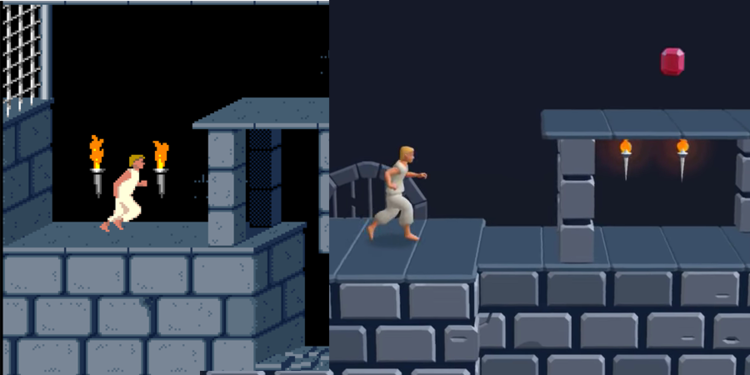
I'm actually surprised more franchises aren't going hyper casual. It's pretty easy to make these kinds of games and bring the franchise to new players. However, I know a lot of people wouldn't want to dilute or over simplify a franchise or character they love.
An even better use of hyper casual games would be for big brands. Remember games like My Coke Rewards? Coke could easily fund a casual game and see it reach the top of the app store charts.
I feel like I could write a whole piece on that topic alone but I'll stop by saying that I'm glad someone is doing it.
Core Gameplay
The game is a platformer where the player is constantly running forward (right) and a tap triggers a jump. There are obstacles like spikes, moving platforms, and pits that the player must successfully maneuver to get to the next level.
How long the tap is held will determine how long the prince will jump. The skill of the game is balancing short vs long jumps with well timed taps.
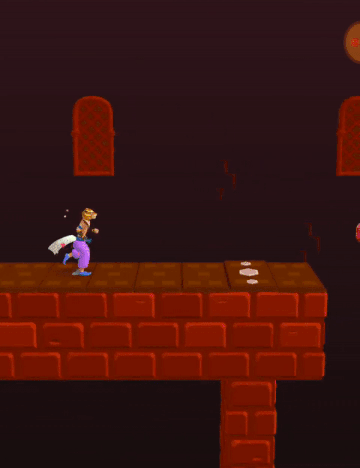
The game is a pretty standard mobile runner. There isn't anything new brought to the genre but its still a decent casual game.
There are a few nuanced game design choices made by Ketchapp that I'd like to take a look at.
Level system
This is a level based game. The player starts in a safe area, goes through some obstacles that last about 30 seconds to 1 minute before reaching the end of the level.
The interesting part is that there is no level selection screen. There is no way to go back and play a previous level. I think this is because most players just don't do that in these kinds of games.
This design choice declutters the UI/UX and simplifies gameplay. It also removes the need for the developers to put it in the game.
Ketchapp also does not say how many levels there are. I think they did this for a couple reasons:
Players WANT to finish the game but don't actually know when that is going to happen. I would argue this adds a sense of mystery and keeps the players wanting to keep going
Ketchapp can keep putting out more and more levels without anyone knowing
This can also backfire and actually turn players away. Since there is no known end, progression doesn't really mean anything. Completing 50/100 levels means you are half way there, but completing 50 levels in of itself doesn't mean anything without context.
The subtitle "Escape" also plays on this. That word suggests a story without the need for dialog or cut scenes. The player is trying to escape. However, at this point, there is no escaping. I searched online and no one has seemed to reach the end of the game.
I'm really interested in the data Ketchapp is getting on this game and whether this kind of level system is increasing retention or not.
Level Creation
It's pretty clear that the levels are created from reusable sub-sections. These can be connected easily by the flat areas with no traps. To be clear, I'm not saying the game is pure random procedural generation. Everyone who plays level 5, is playing the same level 5.
What is happening is either human or computer generated sequencing of these sub-sections to supply unique levels. The combinations of these could be in the thousands.
Ketchapp could introduce new sections and increase the overall amount of levels.
Death is Inevitable
In most infinite runners, the player is shown all the information to survive and given a split second to react and avoid death. However, in this level based system, that is not a requirement.
There are certain situations where sometimes the player can't see what is coming next. They will almost always die the first time they come across these situations.
For example, the player could come across a drop where they have to jump down, but they can't see where they are going to land. There are spikes on part of the landing, but they don't know which part of the landing. The player has to figure that out by trial and error. The first time they will likely fall and hit a spike. The next time they may try a long jump, but still hit a spike. Finally they realize they have to jump a few feet before the ledge in order to land in between the sets of spikes.
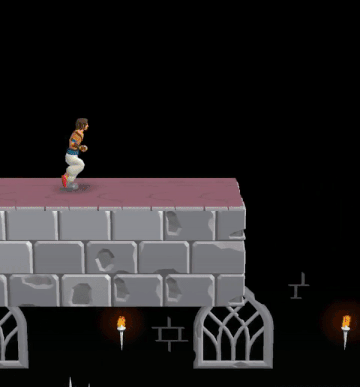
This forces the player to memorize certain parts of the level. It also keeps really good players from just breezing through the game.
Many people will complain that this is just a monetization tactic. If you die, you can watch an ad to revive or even skip the level entirely. Ketchapp puts these likely death situations near the end of the level to entice you into watching an ad.
To some degree, yes this is exploitative. But there are tons of games where you have to memorize the level in order to progress. In Dark Souls, you have to memorize enemy patterns in order to kill them and continue. The only difference is that there is no 30 second ad you can watch to get passed the enemy, you just have to retry.
So while this is a common design choice made in games, Ketchapp is using this opportunity for monetization. How much these cheap deaths are architected to drive profits is up for debate.
Tutorial
The tutorial for this kind of game is pretty simple since most people understand the tap to jump mechanic. There is simply one short jump and one long jump with text on how to get over the obstacle.
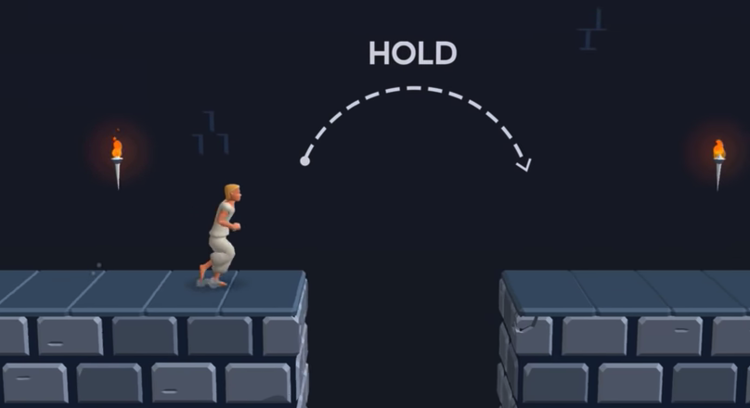
The design decision that is cool, is that the tutorial will repeat itself at the beginning of a level if you haven't played the game in a while. This brings players back into the game quickly and smoothly. It's very short and very simple so I don't mind doing it again.
I have returned to games after long hiatuses and been confused by what to do upon return. Now this game is super simple and it's hard to forget the mechanics, but it's a nice touch and a concept designers could use in other titles.
Unfortunately, on levels where the tutorial does show up, it will keep repeating if you die in that level. So repeating the tutorial over and over again if you are struggling with a level can become quite annoying.
Gems
The gems you collect throughout the game are used to unlock skins. There are heads, shirts, and pants. As of this writing, there are 9 of each totaling 27 unlockables. The price for each increases each time you buy one.
This stretches out the reward system. They reward players early with some skins right off the bat and then start delaying that reward as the player gets deeper into the game.
Monetization
Ad placements
Banner ad at the bottom
Video ad to revive
Video ad to skip level (rare)
Interstitial ads between levels and restarting a level
Rewarded ad to get gems
A very common monetization model. I found myself using the level skips in certain occasions when I just didn't want to have to replay the level and waste my time.
Juice
Landing/jumping dust particles
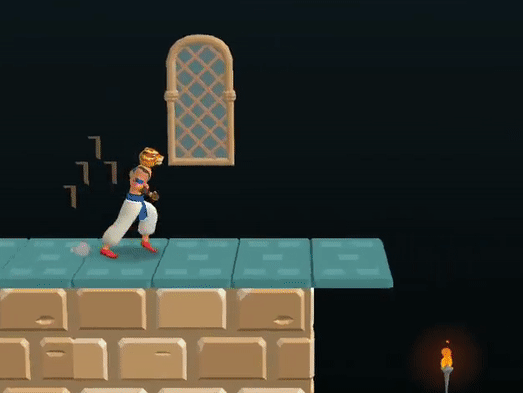
The only piece of juice that stands out to me. They do a very good job with the dust for jumping and landing.
Conclusion
Overall, a pretty basic endless runner game. It's interesting to see Ketchapp's choice of metagame and how that affects the addition of more levels.
I would like to see some sense of progression as the player starts to get into the hundreds of levels. The game just isn't compelling enough for me to keep playing, and I'm not even at level 100 yet.
It will be interesting to see if Ketchapp puts out more casual games from Ubisoft’s long list of IPs.
Check out more Game Design Analysis over at Lit A.F. Games.
Read more about:
BlogsAbout the Author(s)
You May Also Like

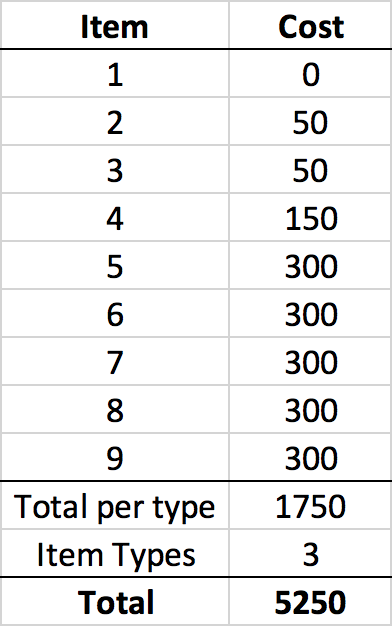






.jpeg?width=700&auto=webp&quality=80&disable=upscale)








